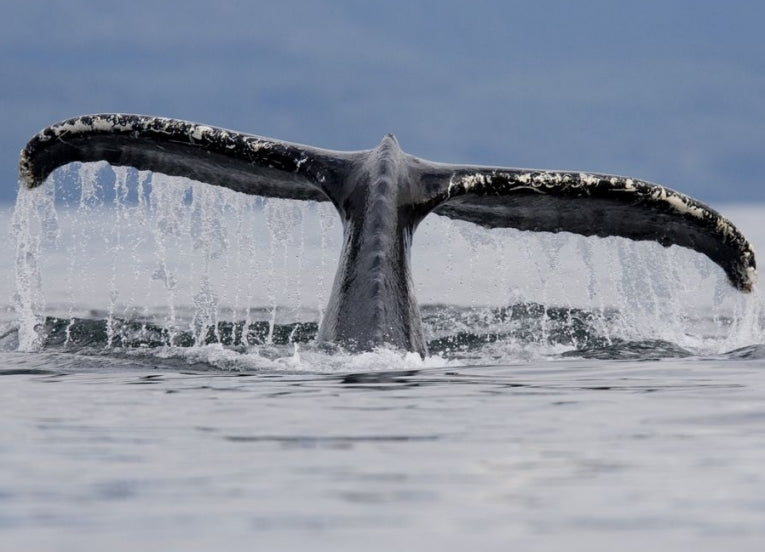When the herring ran out, fisher folk had to find new techniques and new species to eat instead. The same fate was applied when the herring ran out for the humpback whales in the NW Atlantic. The University of St. Andrews research team led by Luke Rendell, and others from the Whale Center of New England and Anglia Ruskin University (Cambridge) searched for the evidence of how a new fishing culture was spread by the Megaptera novaeangliae.
The journal Science publish their findings today, indicating that the new culturally-transmitted technique of lob-tail feeding involved hunting the numerous sand lance in the Gulf of Maine, just as they learn their famed songs from each other. The sand lance is also known elsewhere as the sand eel, Ammodytes sp. From Anglia Ruskin, Will Hoppitt's quote on the learning technique was, "We can learn more about the forces that drive the evolution of culture by looking outside our own ancestral lineage and studying the occurrence of similar attributes in groups that have evolved in a radically different environment to ours, like the cetaceans."
One of the well-known hunting techniques used by humpbacks with herring was the bubble net, which is seen wherever they hunt. Now they hit the sea surface with their giant tails and then dive to make the bubble net. In 1980 the lob-tail technique was observed as a solution for the humpbacks who had run short of their ancient herring prey.
In the Stellwagen Bank where sand lance spawn, the humpbacks have been using this hunting method ever since. With a 30-year database of social networking among humpbacks compiled by Mason Weinrich, the spread of the lob-tail hunting could be calculated. The research team can now say that they are starting to find out how we and other intelligent mammals have evolved the capabilities to transmit our cultures.










